14 Effective Teaching Strategies For Inquiry-Based Learning
One obvious way to promote inquiry learning in your classroom is to design lessons and units that benefit from, promote, or require it.
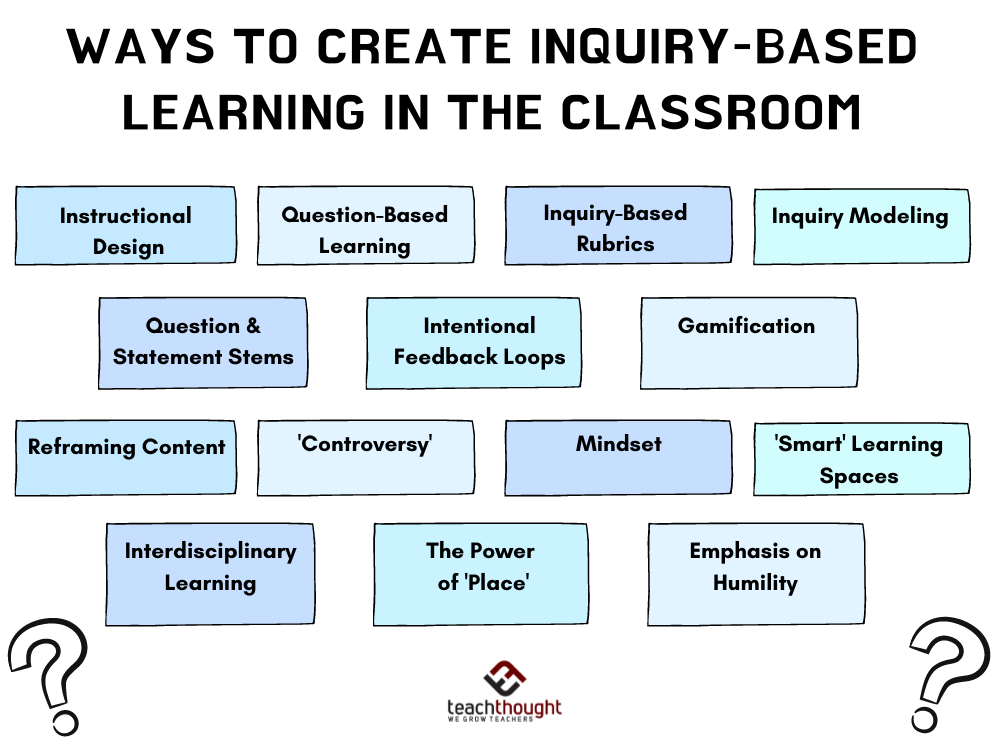
One obvious way to promote inquiry learning in your classroom is to design lessons and units that benefit from, promote, or require it.

By providing insights and suggestions for research topics, concepts, and approaches, ChatGPT can help students stay engaged and motivated.
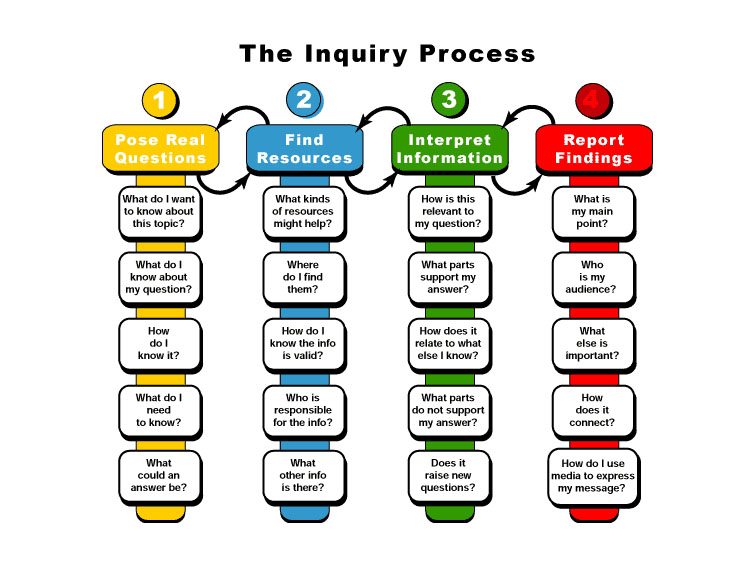
Guiding inquiry-based learning centers learning on a solving a particular problem or answering a central question.
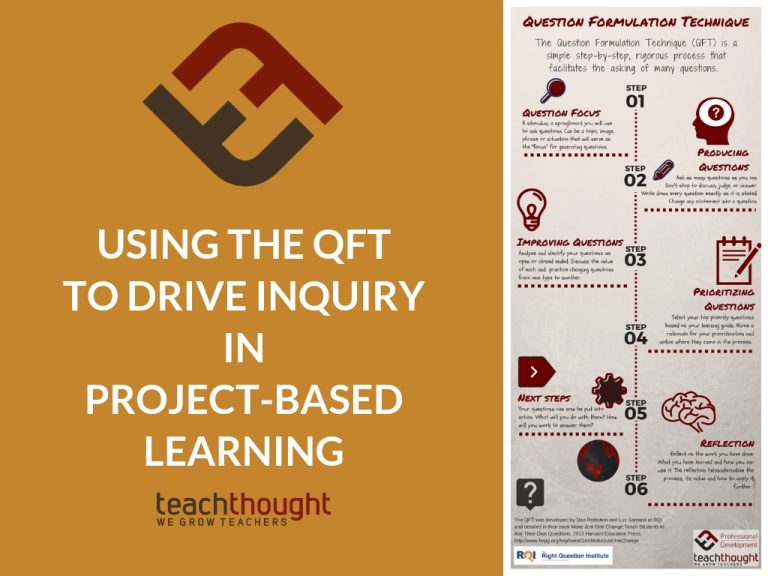
The shift from being asked for answers to being asked for questions can be powerful in building a powerful learning environment.
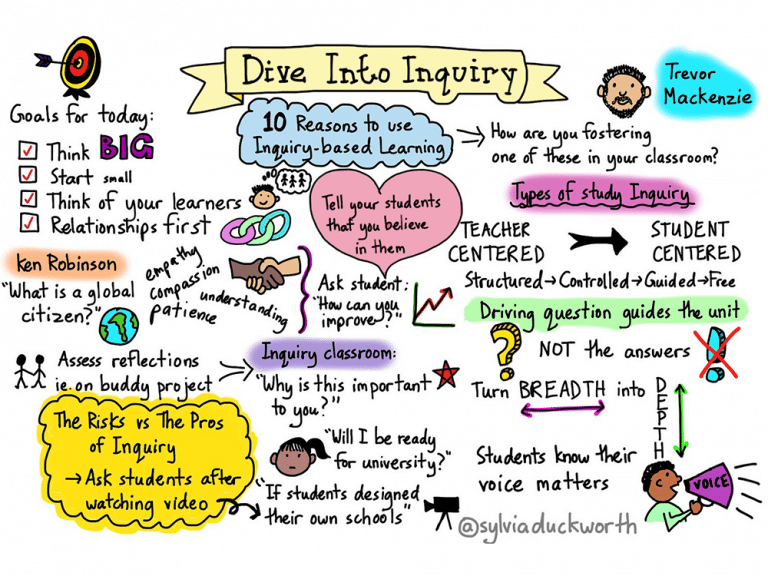
Much like project-based learning, there are many reasons to use inquiry-based learning in your classroom–starting with creativity and personalization.
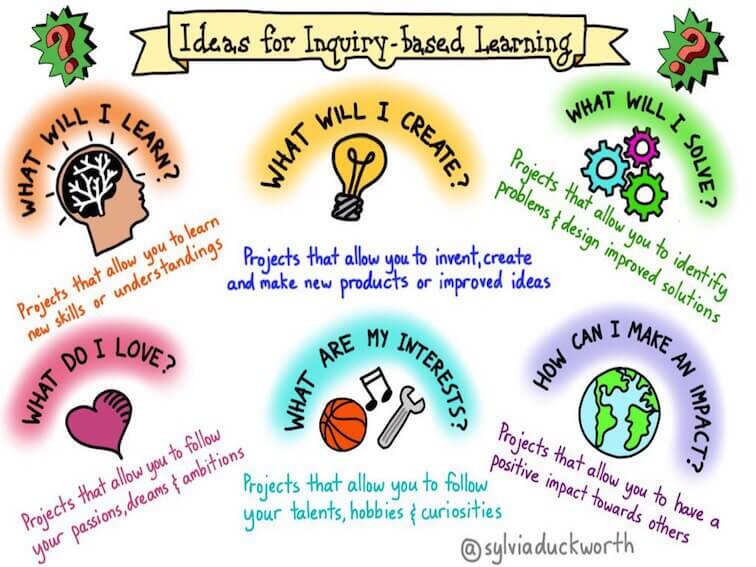
Sylvia Duckworth’s graphic illustrates questions students can use to guide inquiry-based learning ideas that act as a catalyst for curiosity.
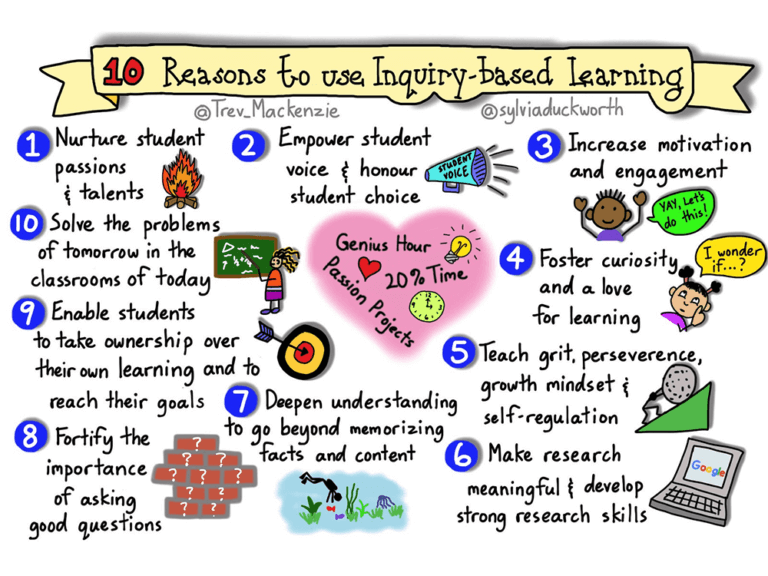
Among the benefits of inquiry-based learning, requiring the student to take an active role in the process may be the most significant.
Do we fully understand the long-term effects of science–and if we don’t, how should that change how we “practice science”?
Teachers need to feel competent and comfortable being a guide at each step of flipped, inquiry-based learning.
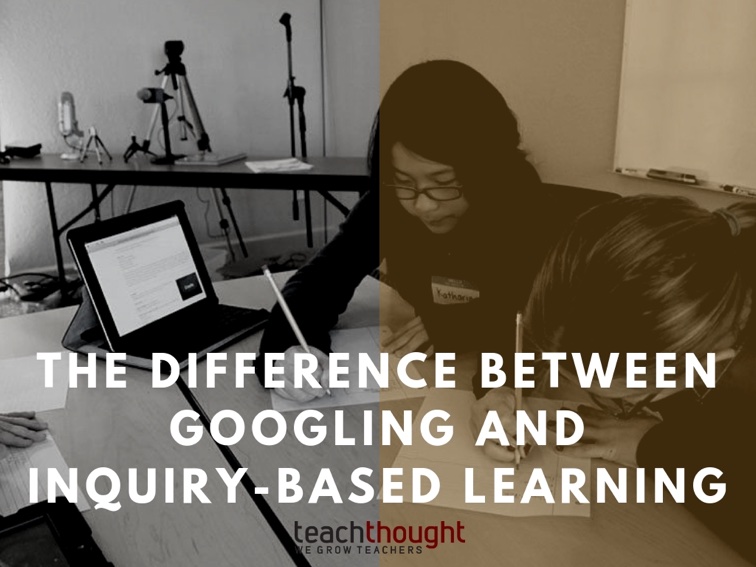
Search is about finding pieces, knowledge is about knowing the potential value of those pieces.
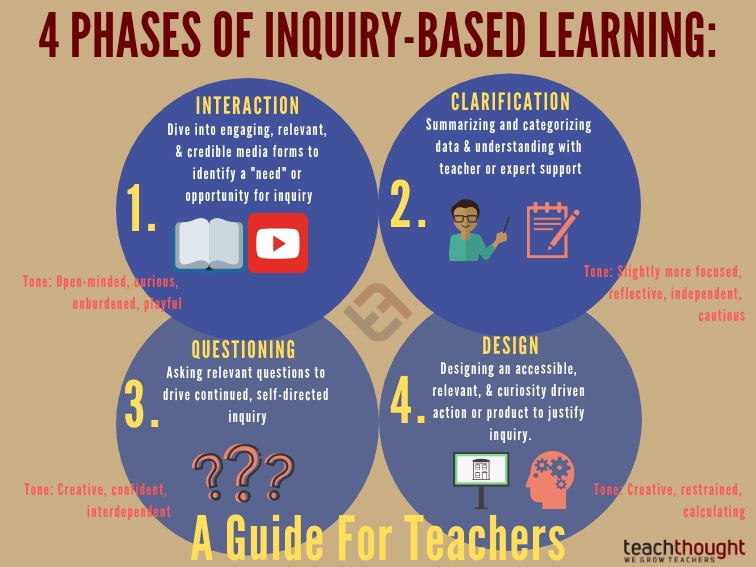
After researching, this stage of the inquiry process is centered around students clarifying both their own thinking.
What Simple Artifacts Can Promote Inquiry-Based Learning? contributed by John Barell, morecuriousminds The University of Pennsylvania Museum of Archaeology and Anthropology has an exciting department, the Artifact Lab, that can serve as a model for inquiry and inquiry-based learning. Among other examples, curators show us how they prepare mummies for exhibitions. One object that arouses my curiosity is…
End of content
End of content